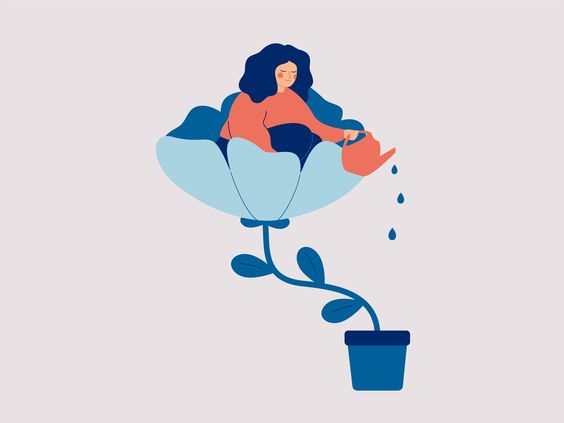Introduction:
As the days grow shorter and the nights grow longer, many individuals experience a shift in their mood and energy levels. For some, this shift can be significant, leading to a condition known as Seasonal Affective Disorder (SAD). SAD is a type of depression that follows a seasonal pattern, typically starting in the fall and lasting through the winter months.

Individuals with SAD may experience a range of symptoms, including fatigue, low energy, changes in appetite and sleep patterns, difficulty concentrating, feelings of sadness, hopelessness, and loss of interest in activities they once enjoyed. While the exact causes of SAD are not fully understood, it is believed to be related to changes in sunlight exposure, which can disrupt the body's natural sleep-wake cycle and the production of certain mood-regulating hormones.
Understanding Seasonal Affective Disorder
Seasonal Affective Disorder is more than just the "winter blues." It is a clinically recognized condition that can significantly impact daily life. If you find yourself struggling with persistent low mood, fatigue, and other symptoms during specific times of the year, it's crucial to seek professional help. A healthcare provider can help diagnose SAD and recommend appropriate treatment options, which may include light therapy, medication, and therapy.
Managing SAD Symptoms
While seeking professional help is essential for diagnosis and treatment, there are also several things you can do to manage the symptoms of SAD and improve your well-being during the winter months.
Light Therapy
One of the most effective ways to combat SAD is to increase your exposure to light. Light therapy, using a specialized lightbox that emits brighter light than regular indoor lighting, has been shown to be highly effective in treating SAD.
Maintain a Regular Sleep Schedule
Maintaining a regular sleep schedule can help regulate your body's natural sleep-wake cycle, which can be disrupted by changes in daylight hours.
Make Time for Physical Activity
Regular exercise can have mood-boosting effects and can be particularly helpful in managing SAD symptoms.

.jpg)